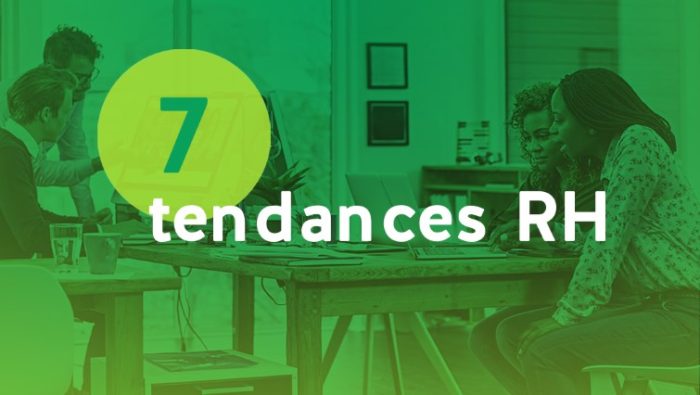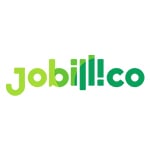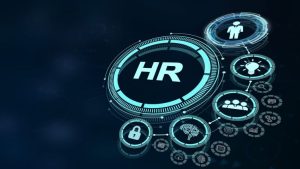7 HR Trends Emerging in 2018
 Publié le 3 December 2018
Publié le 3 December 2018
With the bright summer of 2018 upon us, the HR trends that will redefine and expand the role of human resources in the workforce this year are already emerging. It is clear that technology has now been fully integrated into virtually every stage of employment, from job posting, recruiting, resume submissions, Applicant Tracking Systems, interviews and day-to-day job tasks. Jobillico has identified 7 key HR trends which have emerged in 2018, which companies must strive to embrace in order to attract and keep the best applicants and candidates.
Extending Branding to Resume Applications
The days of placing a simple NOW HIRING job posting in the classified section of the newspaper and being flooded with resumes are long over. Successful companies have realized that in order to achieve peak permeation with their branding and imaging, it must also be extended to the application process.
It is vitally important for companies to have a clear and concise message and identity from the moment they begin to interact with a prospective employee. By establishing their brand and keeping it front and centre from the beginning, companies will ensure they recruit and attract employees who share their values, goals and overall vision.
Candidate Filtering During the Recruiting and Application Process
Once applications for open positions reach the HR department, it is important to provide the company with as many tools as possible to help streamline the recruiting and application process. An emerging HR trend among job boards, aggregators and recruitment agencies include integrating filters into their application platform. These filters often include educational background, work experience, location, age, keywords and many more.
Employers know what they’re looking for in candidates, and the Jobillico job network is committed to allowing them to apply highly accurate filters during the resume application process. This will allow a business to narrow down the pool of applicants from dozens, or perhaps even hundreds, to a small number of the most qualified.
Just imagine – now you only need to review the best five applicants instead of sorting through a never-ending pile of resumes.
AI Supplementing Workflow
A good workflow is one which allows every employee to easily hit their peak level of productivity. Artificial Intelligence is already used to eliminate many redundancies and provide a more streamlined experience for employees. That next step will be AI supplementing the workflow by taking on some of the more complicated elements of the decision making process.
While existing AI-supplemented systems are capable of tracking important items, triggering basic process and automatically flagging issues, newer systems will be able to anticipate the needs of users before they happen, and make highly accurate recommendations. The system will be able to absorb information from different sources and in a variety of formats, including text, video and audio. It will instinctually be able to combine these resources to enhance the workflow user experience for all.
Improved Applicant Tracking Systems
The vast majority of recruitment involves using Applicant Tracking Systems (ATSs) to coordinate prospective employees. In the past, HR managers would spend hours going over applications, resumes and cover letters in order to find candidates that matched their criteria.
With the integration and continual improvement of Artificial Intelligence into Applicant Tracking Systems, it allows companies to find candidates using keywords and phrases with minimal human input. Now, we are not saying that 2018 will be the year where AI-supported robots take over for HR during the hiring process, but the trend towards an increased role for automated technology is unmistakable.
This is a great asset to the company, as it provides both improved productivity and increased savings because HR employees are able to better channel their efforts in more interesting directions, while simultaneously avoiding mundane tracking tasks.
Power to the Applicant
For years, the power during the job posting and resume application process rested squarely with the company. With an abundance of applicants eager for steady work, employers were able to pick and choose through resumes as they saw fit. As generational shifts occur, however, the power dynamic has begun to shift in favour of the prospective employee.
Companies are becoming increasingly aware of the effect that a negative comment on a job review platform, or a similar site, can have on the overall image of their company. Candidates are no longer afraid to take their time during the job application process, and search for a position that not only provides adequate pay and benefits, but also matches their social values and cares about an overall positive experience in the workforce. HR departments need to work with this trend, instead of opposing it, as companies who do not adapt to generational changes will also have difficulty connecting to clients from that generation.
Employee Flexibility and Leadership
The role of HR does not end with recruitment when the applicant is hired, but extends into the work environment at each company. The modern employee in 2018 has little to no interest in feeling as though they are simply an interchangeable cog in an impersonal machine. HR needs to be committed to working with company management to create an environment where employees feel a certain level of control.
This means their roles are flexible, not rigid. Modern employees want to feel they have the room to show initiative and have a real say in the direction of their role and the company itself. An employee that selects their own path will be much happier, and therefore committed, to reaching the goals of the company.
Technology Supplementing the Workplace Itself
The daily reality of employment for most workers, arriving at the office, holding meetings with colleagues and completing work at your desk or office, will remain relatively the same for the immediate future. Looking ahead, however, it is clear that technology will not only affect how work is completed, but the workplace environment itself.
As of last year, 64% of companies engaged in video conferencing, allowing employees in various offices around the world to connect in real time. With companies such as Facebook and Google fully embracing virtual and augmented reality-based technology, while also developing the next generation of AR products, it is possible that the need for a central office itself may be soon called into question.
Many employees are looking for positions that allow them to work remotely, be it from home or another location, and it is not unreasonable to foresee a time when companies forgo the expense of maintaining a central office and conduct all face-to-face meetings via video conferencing and AR-assisted tech.
Looking ahead from 2018, it is entirely possible that the office of the future will be the virtual office.
A successful HR department will be able to identify these trends and adjust for how they will impact their company. While trends may come and go, it is important to be adaptive and to embrace change in order to attract qualified employees. By anticipating trends in recruitment, job posting, resume selection, applicant tracking and others, HR departments put themselves in a position to make their companies successful in 2018 and beyond.
By Matt Dodge, Marketing Content Specialist at Jobillico.







